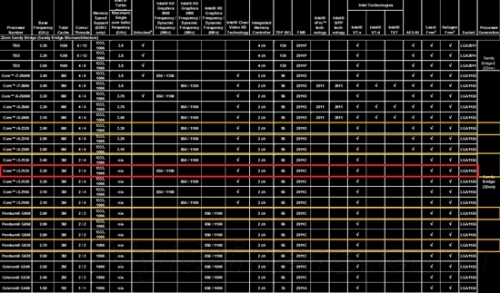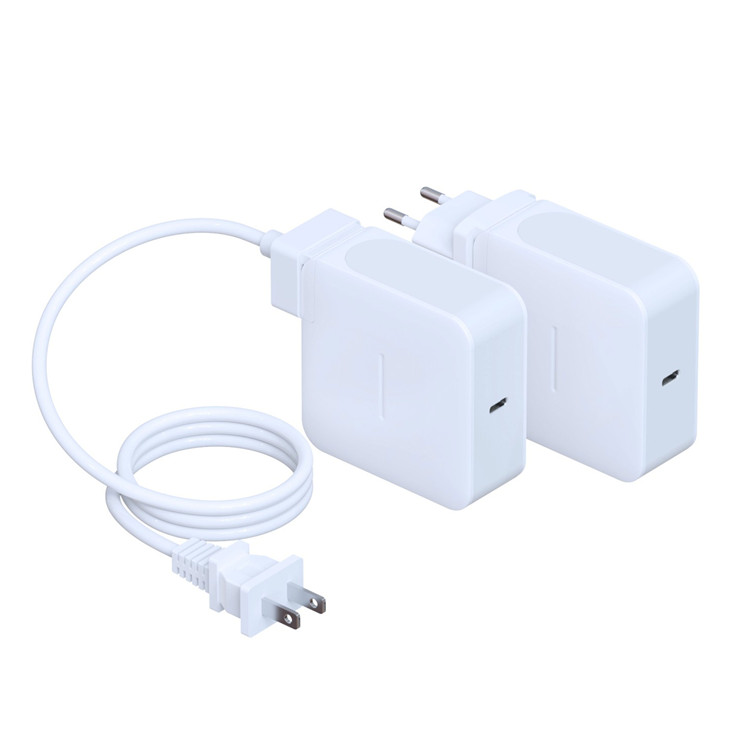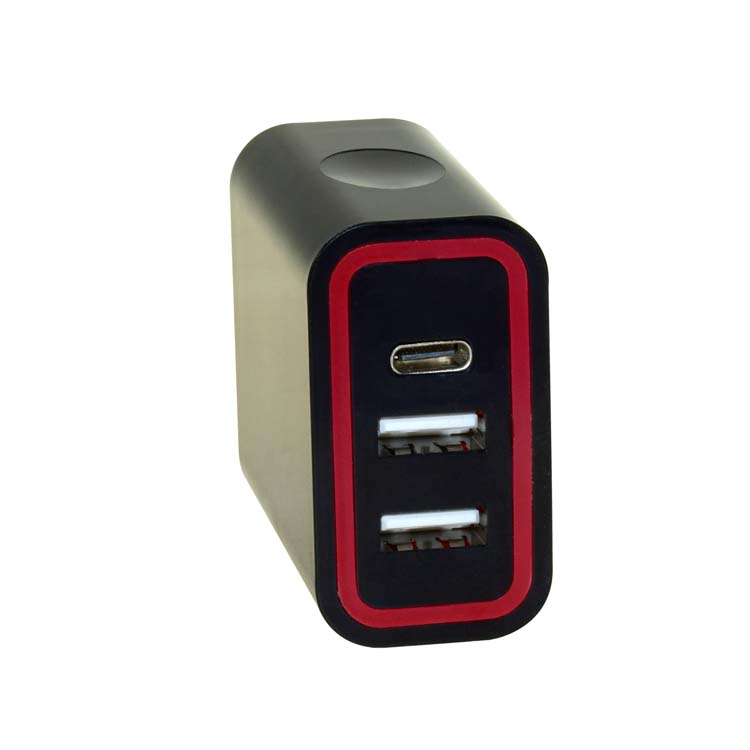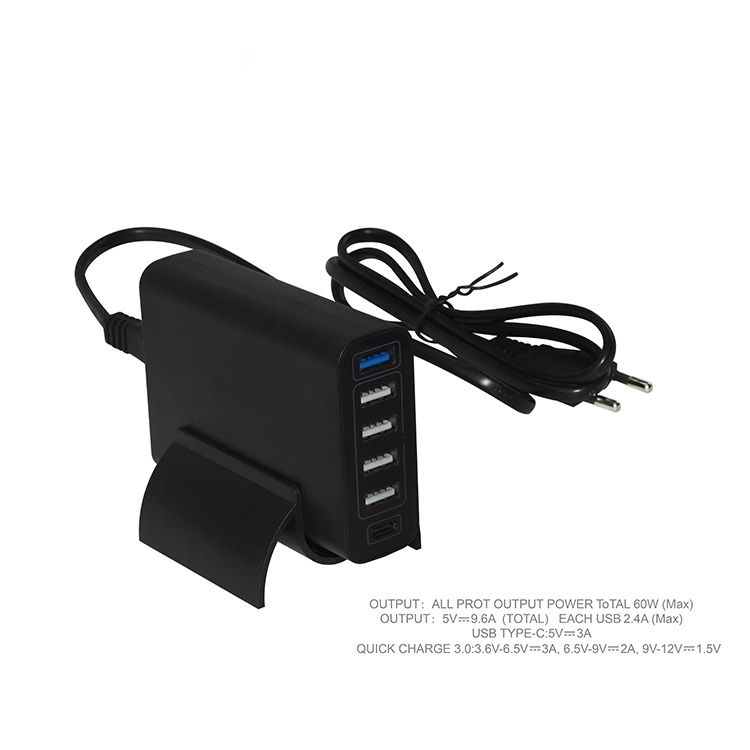Sandy Bridge has five new products: clock frequency and set display continue to increase
 Intel just added seven new Core i5/i3 and Pentium processors to the Sandy Bridge family yesterday. Another roadmap was exposed on the Internet, revealing five other new products in the Sandy Bridge series and continuing to cover the Core i5/i3 and Pentium. Three series.
Intel just added seven new Core i5/i3 and Pentium processors to the Sandy Bridge family yesterday. Another roadmap was exposed on the Internet, revealing five other new products in the Sandy Bridge series and continuing to cover the Core i5/i3 and Pentium. Three series. The first is the "Core i5-2320". Compared to the existing Core i5-2310, the clock speed is increased by 100 MHz to 3.0 GHz, and the Turbo Boost dynamic acceleration frequency is increased to 3.3 GHz. The others are completely unchanged and are still four cores. Four-threaded, 6MB three-level cache, HD Graphics 2000 graphics core, set frequency 850-1100MHz, 95W thermal design power.
Core i3 series will increase two members, one of which is the "Core i3-2130". Similar to the above, the speed is increased to 3.4GHz on the basis of Core i3-2120. Others are unchanged, including dual-core four-threaded, 3MB three-level cache, and HD. Graphics 2000 graphics core, set frequency 850-1100MHz, 65W thermal design power.
The second is the "Core i3-2125", which is the same as the two new Core i5-2405S and Core i3-2105 models that ended with the "5". It is also the HD Graphics 3000 with the graphics core upgraded to twelve units. Also maintained at 850-1100 MHz.
Pentium will also be updated quickly, the new models are called "Pentium G860", "Pentium G630", but only to raise the frequency to 3.0GHz, 2.7GHz, respectively, the rest are maintained at the Pentium G850/G620 level.
Maybe Intel finally understands that the more powerful integrated graphics are still more suitable for low-end models, so the Core i5 series all adhere to the six-cell HD Graphics 2000, and the Core i3 series has ushered in the HD Graphics 3000. As for the more introductory Pentium The series will not release more powerful sets, nor will it support high-definition decoding acceleration, which may be due to cost and price considerations.
In addition, at the bottom, you can see three new Celeron Celeron G540/G530/G440 with Sandy Bridge architecture. The specifications are exactly the same as previously reported; there are three products at the top of the Sandy Bridge-E LGA2011 platform, and the model still has no It was decided, but for the first time we saw the Turbo Boost dynamic acceleration frequency, the two six cores were 3.9GHz and 3.8GHz respectively, and the third quad-core was 3.9GHz, which was a step away from the 4GHz mark.
Day by day more and more mobile phones are with usb-c port, which makes type c phone charger very popularly used in the market. Type c phone charger have desktop type and wall type, and there are usb-c 2.0 and usb-c 3.0, usb-c 3.0 is much faster than usb-c 2.0, and more popularly used currently, usb-c 3.0 output is normally 3.8V-6.5V 3A, 6.5V-9V 2A, 9-12V 1.5A 18W, it is with PD, PD means power delivery, which can transfer high power at one time, this is why your mobile phone and tablet can be charged fast! And one more point, if normal usb-c port not with PD, the output is only 5V 3A, it doesn`t charge so fast like the one with PD.
Yidashun not only has home type-c phone charger 12W 18W 30W 48W 60W, but also car usb-c phone charger 24W, and they are also with usb-ports, which can charge all different devices at one time anywhere!



Type C Phone Charger,Type C USB Phone Charger,USB C Phone Charger,Type C Phone Power Charger
Shenzhen Yidashun Technology Co., Ltd. , https://www.ydsadapter.com